Why Did They Fail?
The entry-level MG 5 sedan lacks essential safety features like seatbelt pretensioners, which are only present in the front seats of the higher-end model. Additionally, it misses crucial aids like blind spot monitoring and lane assist. The car's autonomous emergency braking system also showed limited effectiveness.
These shortcomings are evident in its ANCAP scores: the MG 5 achieved only 37% for Adult Occupant Protection and 58% for Child Occupant Protection. It scored 42% in Vulnerable Road User Protection and a mere 13% in Safety Assist.
The Mahindra Scorpio, a body-on-frame SUV, didn't perform much better. ANCAP rated it at 44% for adult protection and 80% for child protection. However, it scored poorly in Vulnerable Road User Protection (23%) and received 0% in Safety Assist. Notably, the Scorpio is sold with six seats in Australia and an optional seven-seat configuration in New Zealand, featuring a lap-only seatbelt for the middle row's center seat.
A Stark Contrast in Ratings
Interestingly, the Mahindra Scorpio was awarded a five-star rating by Global NCAP about a year ago. This discrepancy arises because Global NCAP focuses on crash safety, whereas ANCAP emphasizes active safety features to prevent accidents.
Carla Hoorweg, ANCAP Chief Executive Officer, commented on the results, stating that both MG and Mahindra "misjudged the safety expectations of today's consumers. This is a stark reminder that not all cars offer the same level of safety – even when they're brand new models."
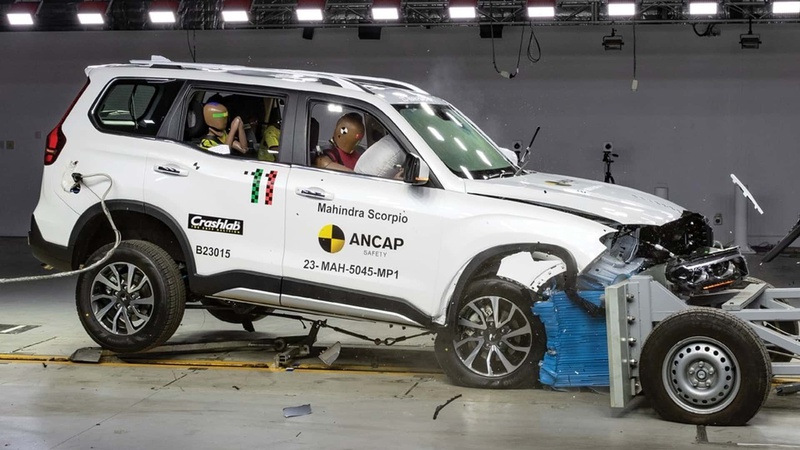

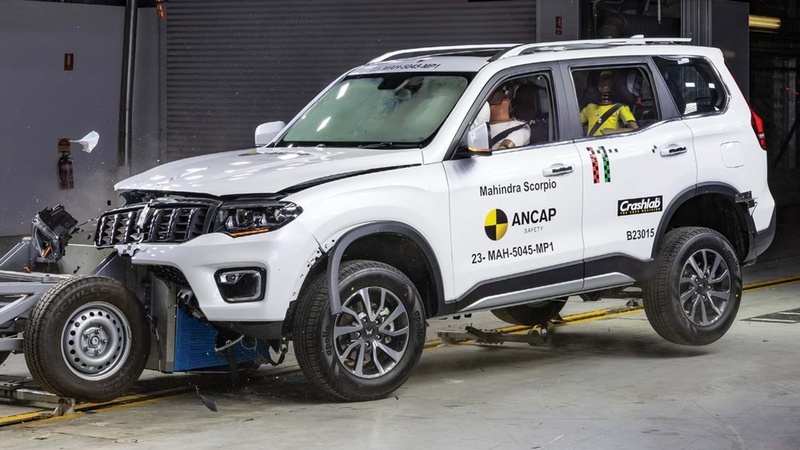
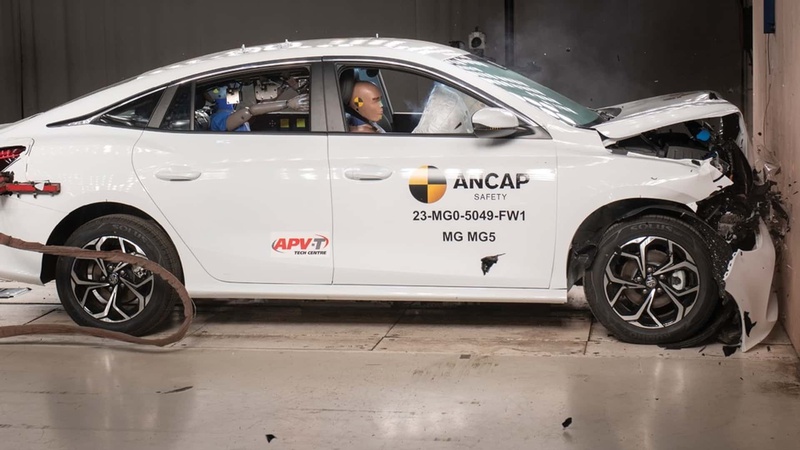
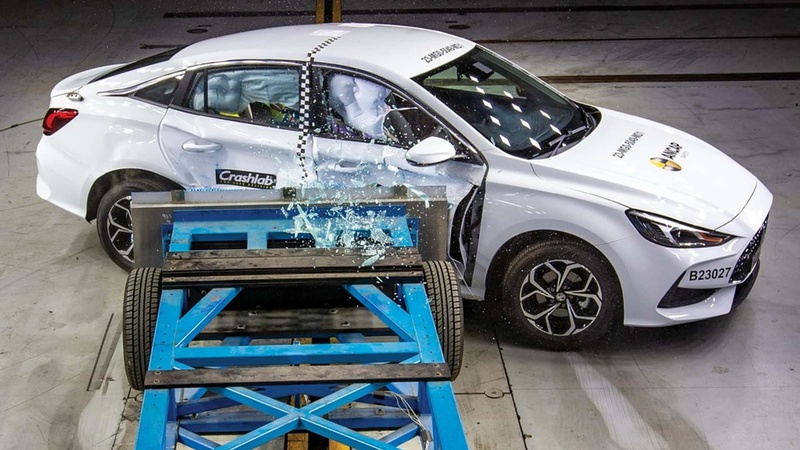
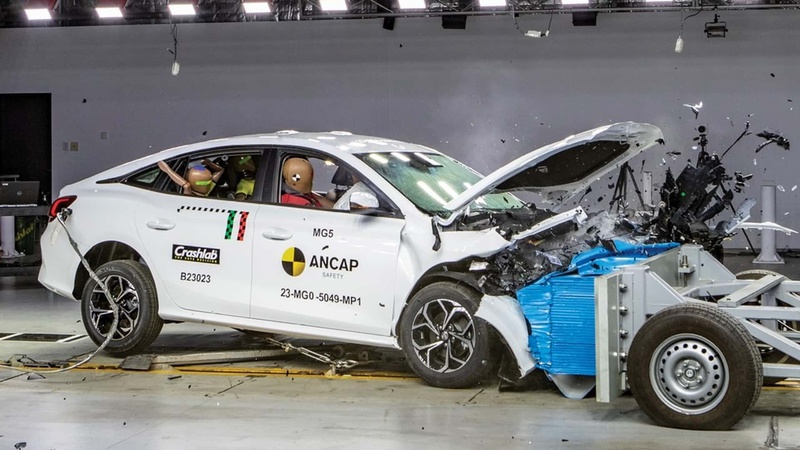
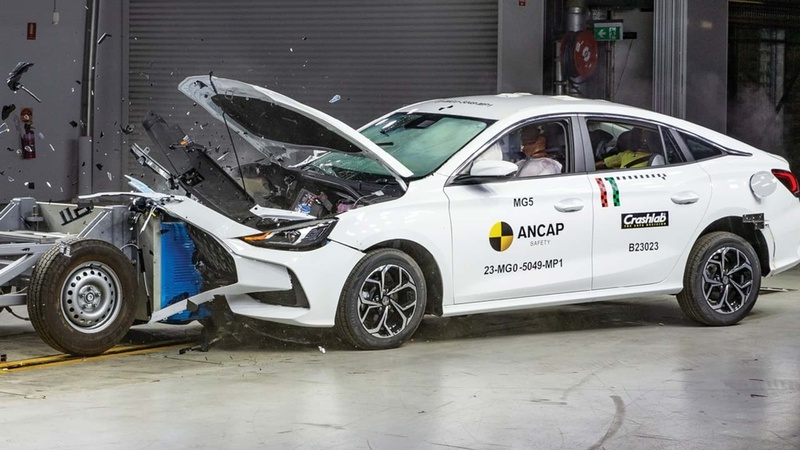
2023 Mahindra Scorpio and MG 5 ANCAP crash test
.jpg)
